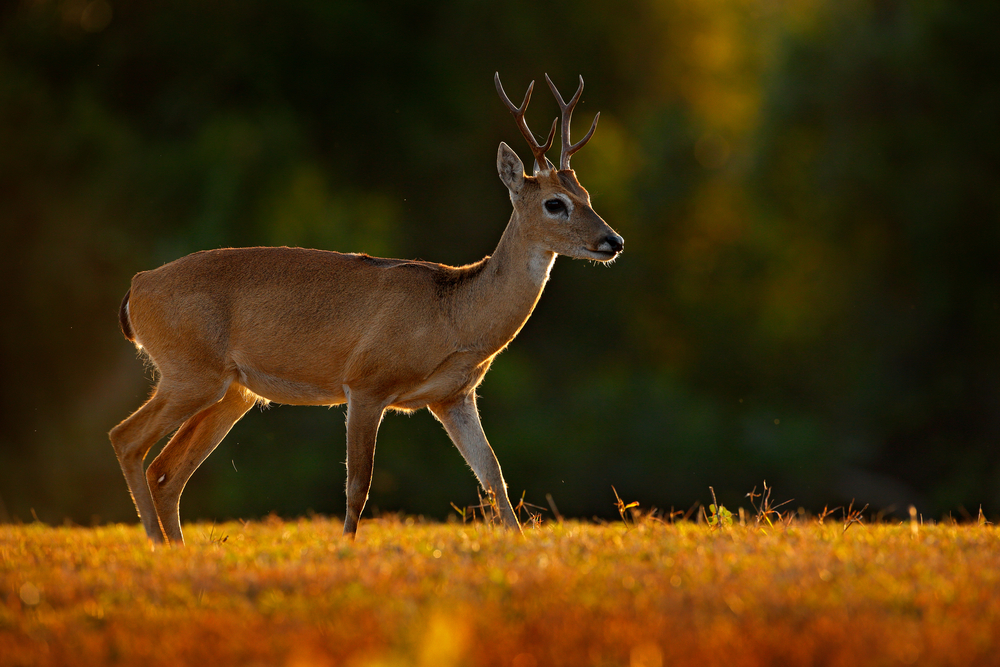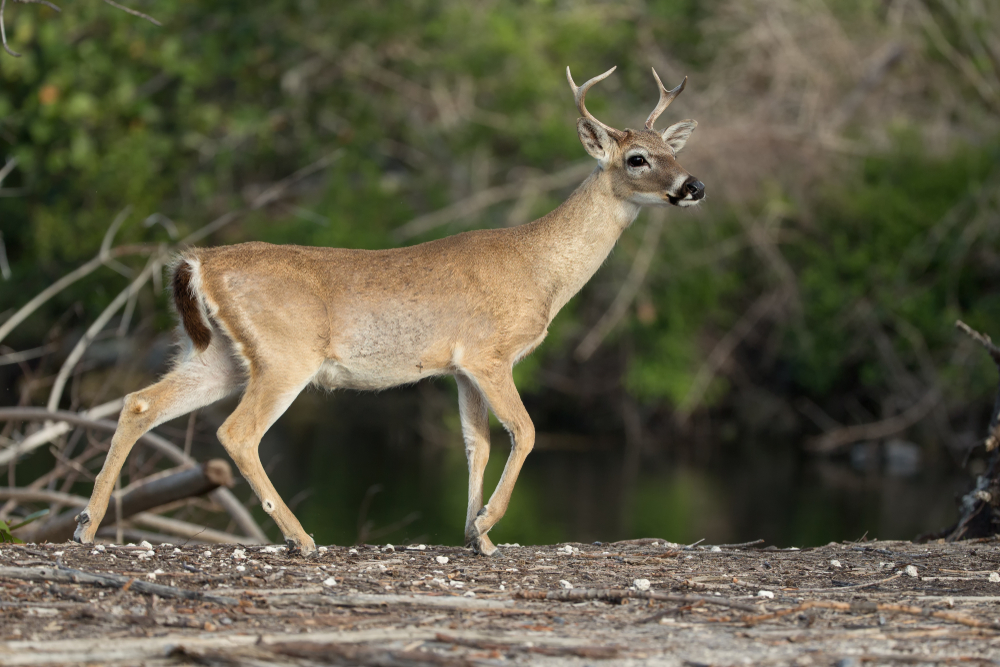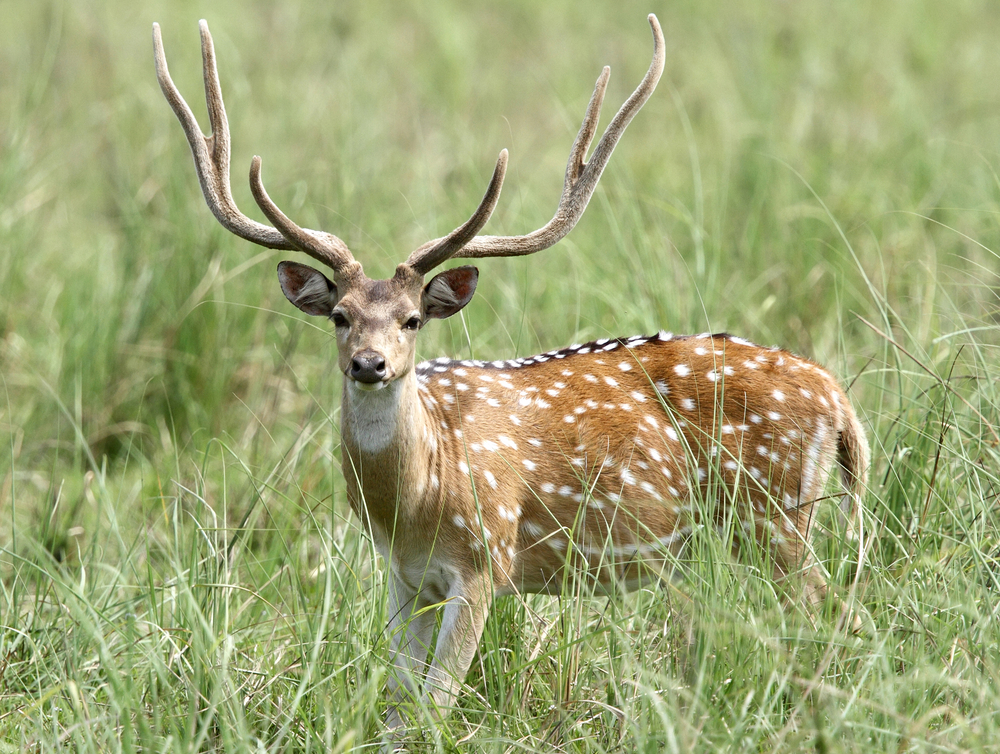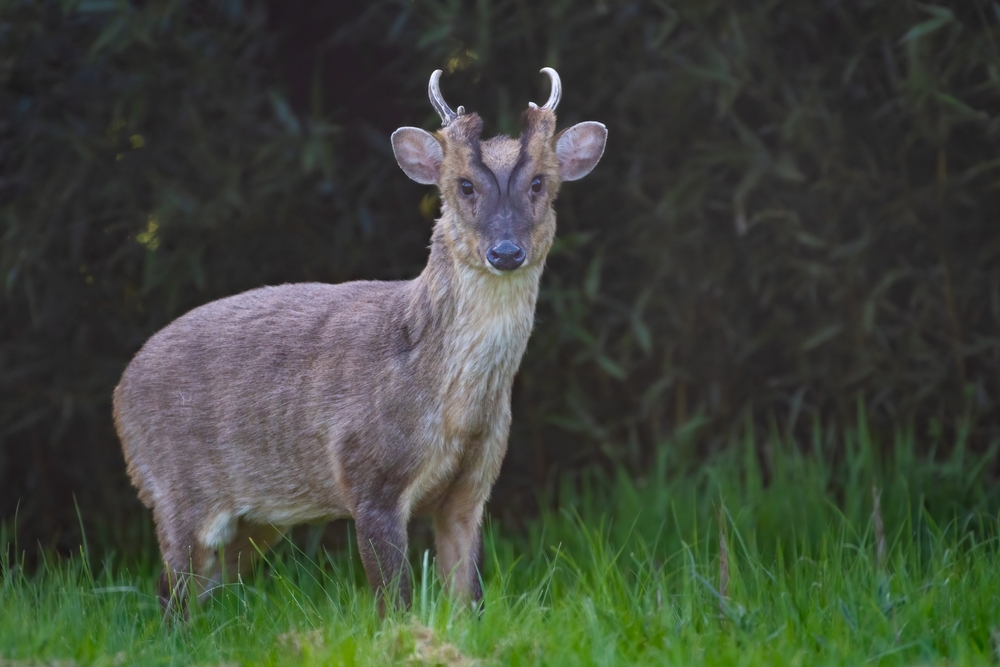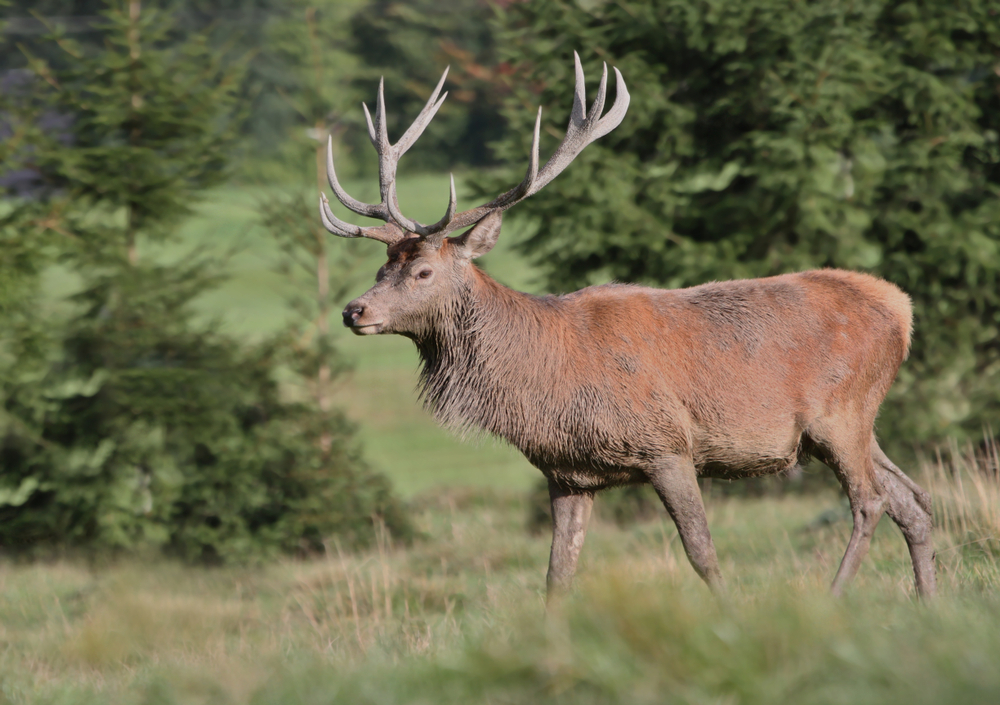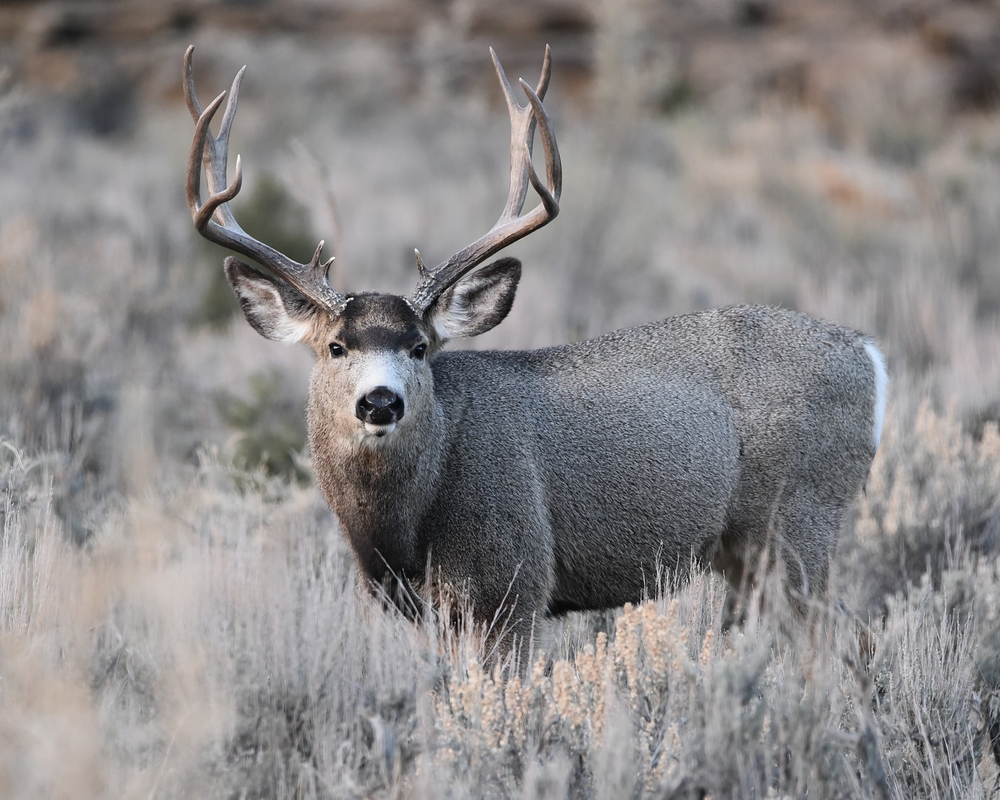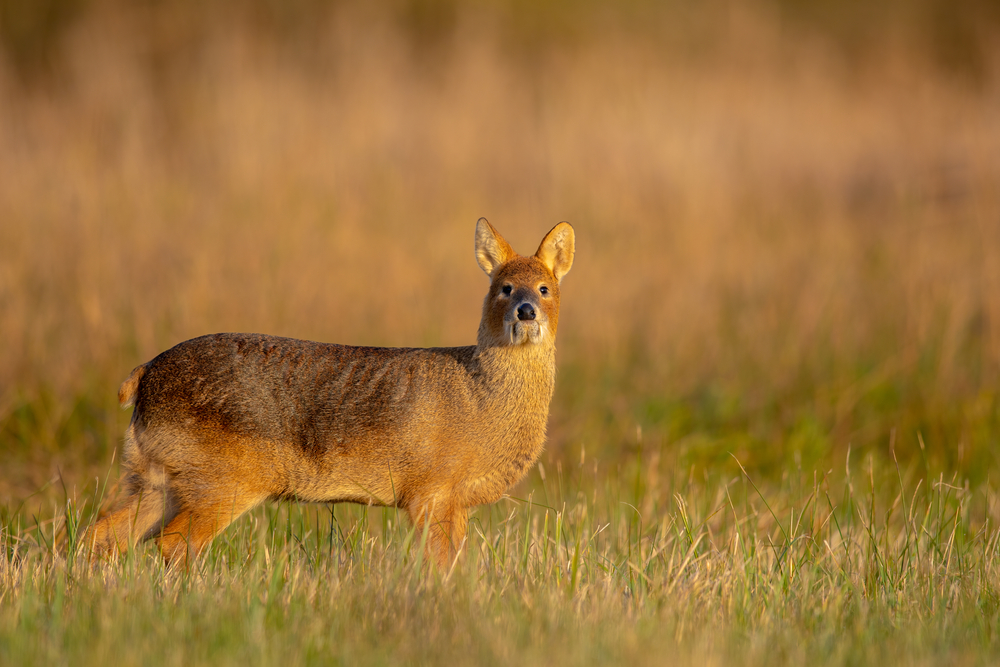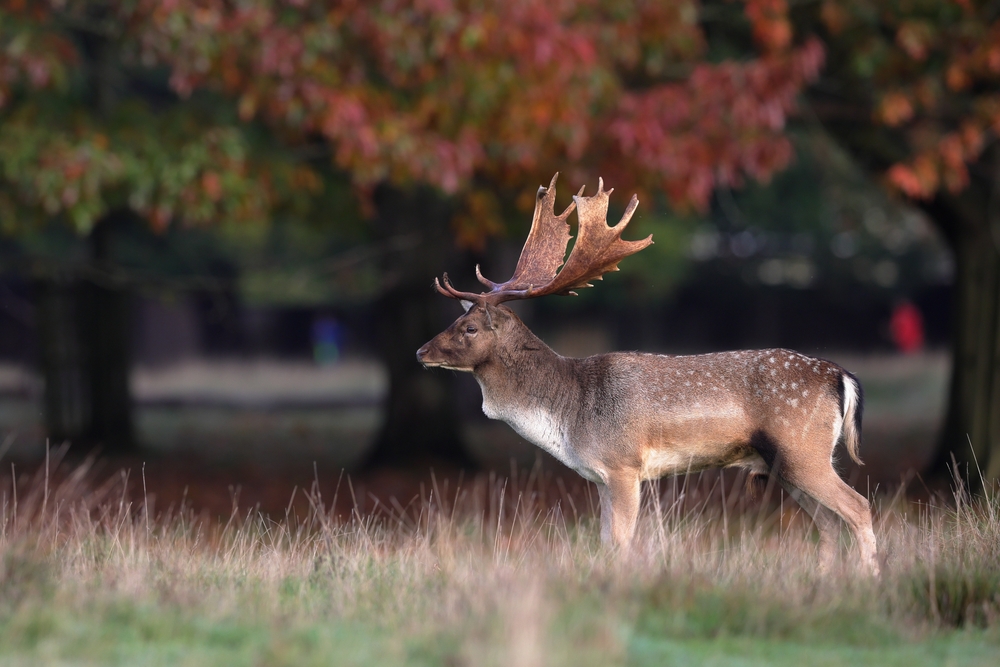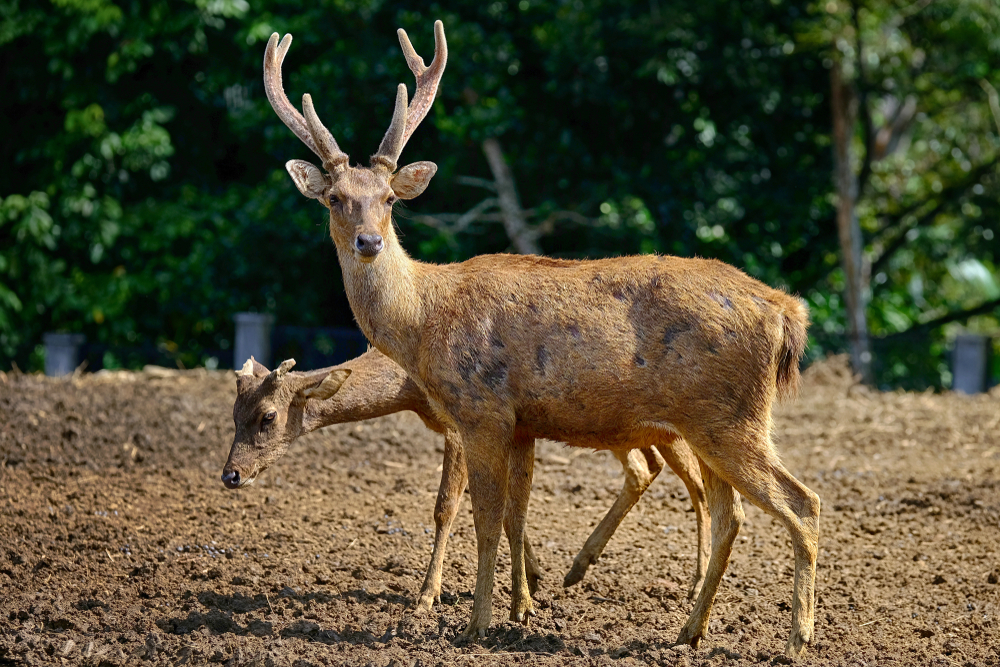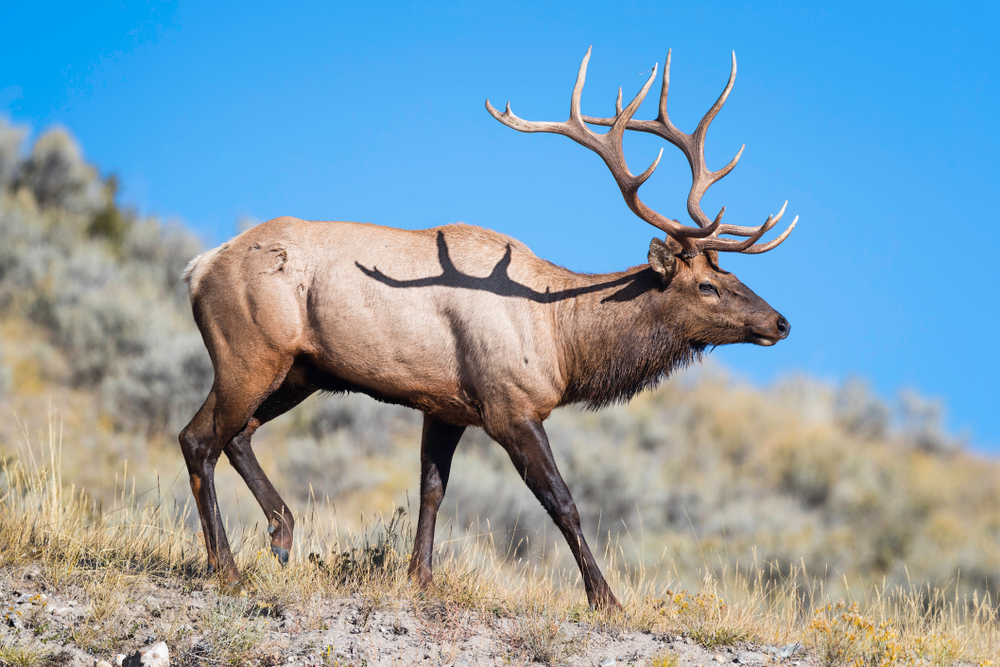Uniqueness
The Pampas Deer is one of South America’s most distinctive and ecologically important ungulates. Once widespread across the southern cone’s grasslands, it is now limited to fragmented populations—yet remains a symbol of the Pampas ecosystem. Its adaptations, social behavior, and conservation challenges set it apart from other deer species. Below is a structured overview in the style of the AK Uniqueness document:
Grassland Specialist:
Unlike most deer, which prefer forests or woodlands, the Pampas Deer is uniquely adapted to open savannas, native grasslands, and subtropical plains.
-
Its camouflaged tan coat, long limbs, and keen eyesight allow it to thrive in predator-exposed, treeless environments.
-
It fills a role in South America similar to that of pronghorns or antelope in North America and Africa.
Only Member of Its Genus:
The Pampas Deer is the sole species in the genus Ozotoceros, making it genetically and taxonomically unique among South American deer.
High Tolerance for Heat and Open Exposure:
With no forest cover for shade, Pampas Deer are adapted to heat, wind, and solar exposure.
Subtle Antlers, Strong Legs:
Males grow short, vertical antlers with 3 tines—designed for quick maneuvering in tall grasses, not elaborate display or fighting in thick cover.
Vocal and Scent Communication:
Though generally quiet, Pampas Deer use low grunts and whistles for alarm or contact calls.
Ecological Role as Seed Dispersers and Grazers:
Their selective grazing habits help maintain plant diversity and prevent overgrowth in native pastures.
Conservation Symbol for the Southern Cone:
Now listed as Near Threatened globally (with some populations Critically Endangered), the Pampas Deer is a flagship species for grassland conservation in Brazil, Argentina, Uruguay, Paraguay, and Bolivia.
-
It highlights the vulnerability of open ecosystems, which are often overlooked in favor of forests.
-
Its recovery depends on managing agricultural conflicts, maintaining habitat corridors, and educating the public on the value of native prairie wildlife.
The Pampas Deer’s unique evolutionary path, grassland specialization, and status as the only member of its genus make it one of the most singular and charismatic deer in the Americas. Its continued survival is not just about saving a species—but about preserving the integrity of an entire ecosystem.



































































